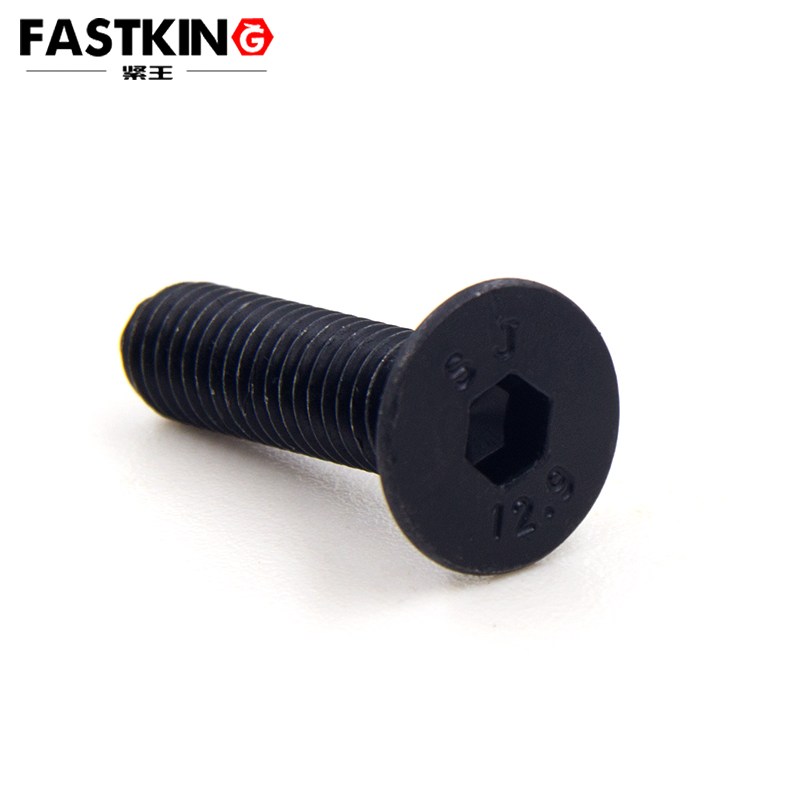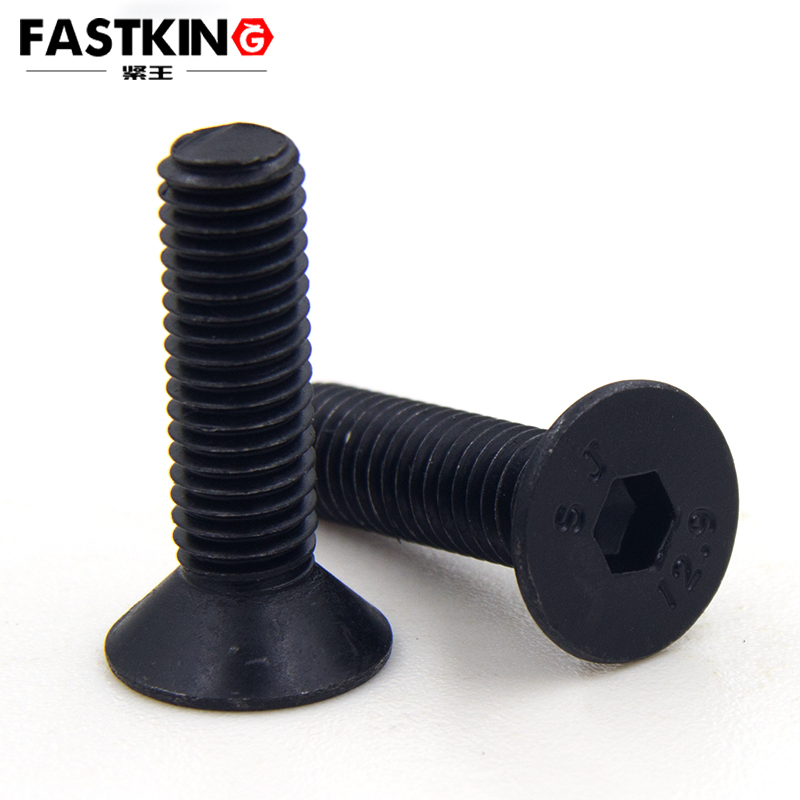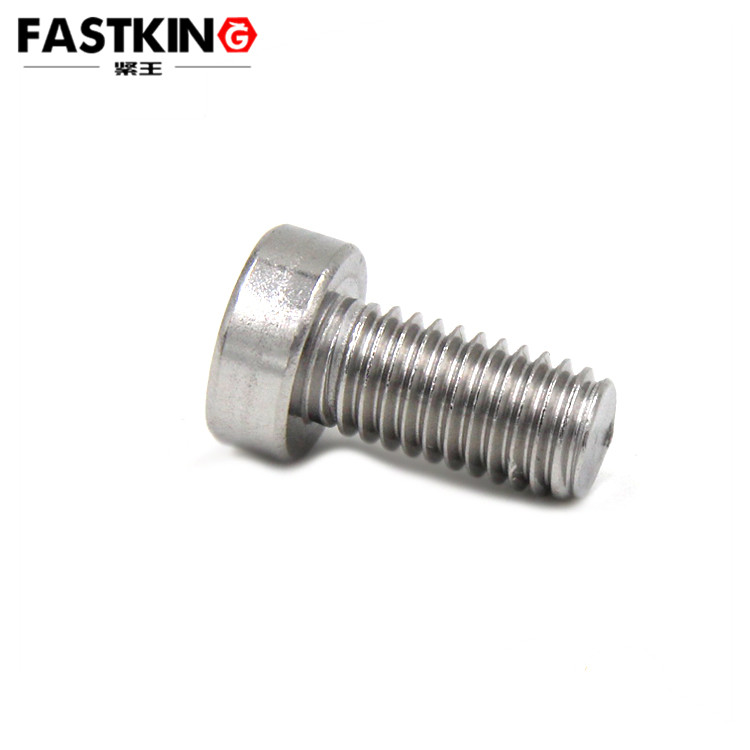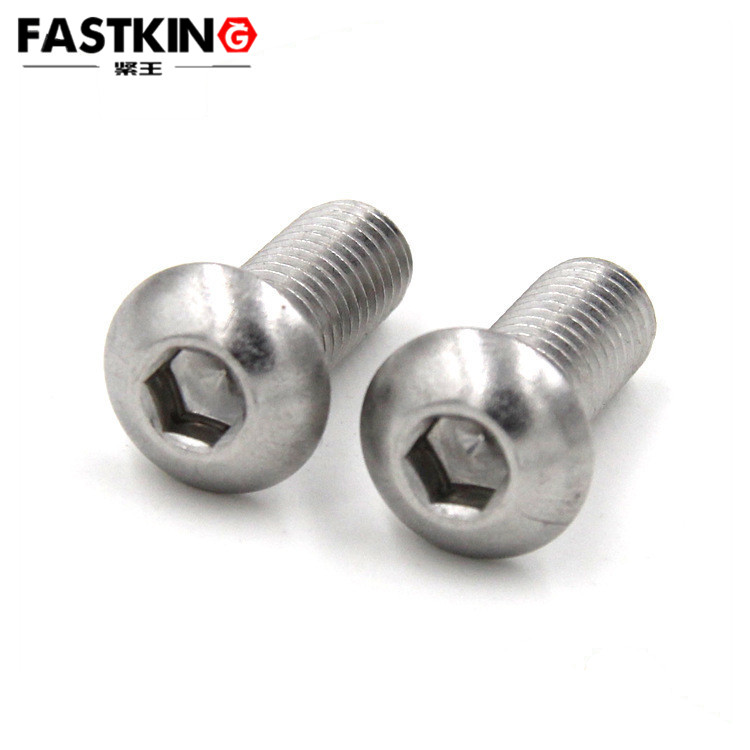- ZHUHAI JIALI HARDWARE CO.,LTD.
- +86-756-8586520
Hexagon Socket Countersunk Head Screws
- Product description:Countersunk hexagon socket bolts have become common components in fields such as machinery, construction, and electronics, thanks to their structural advantages of "flush assembly" and "precision fast
The three grades exhibit significant differences in strength, which directly determine their application scopes. In accordance with national standards, Grade 8.8 is representative of medium-strength bolts, with a tensile strength of no less than 800MPa and a yield strength of no less than 640MPa. Mostly made of low-carbon alloy steel (e.g., 35# steel) treated by quenching and tempering, its surface is often galvanized or passivated. It features moderate cost and good corrosion resistance, making it suitable for non-critical connections bearing medium loads.
Grade 10.9 belongs to the medium-high strength category, with a tensile strength of up to 1000MPa and a yield strength of no less than 900MPa. Mainly composed of alloy structural steel such as 40Cr, it undergoes strict quenching + tempering processes. Its strength is 25% higher than that of Grade 8.8, enabling it to handle scenarios with relatively high loads and certain vibrations.
Grade 12.9 stands as the benchmark for high-strength bolts, boasting a tensile strength of ≥1200MPa and a yield strength of ≥1080MPa. It is made of high-strength alloy steel like 35CrMo, which achieves higher hardness after quenching and tempering and excellent fatigue resistance. It is specifically designed for heavy loads and extreme working conditions.
In ordinary machinery and civil scenarios, Grade 8.8 countersunk hexagon socket bolts are a cost-effective choice. For instance, in the bracket fixing of household air conditioning outdoor units, bolts are required to connect the bracket to the wall, bearing the unit's self-weight (approximately 30-50kg) and wind loads. The strength of Grade 8.8 is sufficient to meet this demand, and its countersunk design prevents the raised bracket surface from scratching people. In furniture manufacturing, Grade 8.8 countersunk hexagon socket bolts are also commonly used to connect wardrobe slide rails and desk legs. They not only ensure stable connections but also keep the furniture surface flat and aesthetically pleasing, without the awkwardness of exposed bolt heads. Additionally, in low-load scenarios such as the fixing of end covers for ordinary motors and the installation of internal components in distribution boxes, Grade 8.8 bolts can meet fastening requirements at a reasonable cost, serving as the "basic model" in industrial and civil fields.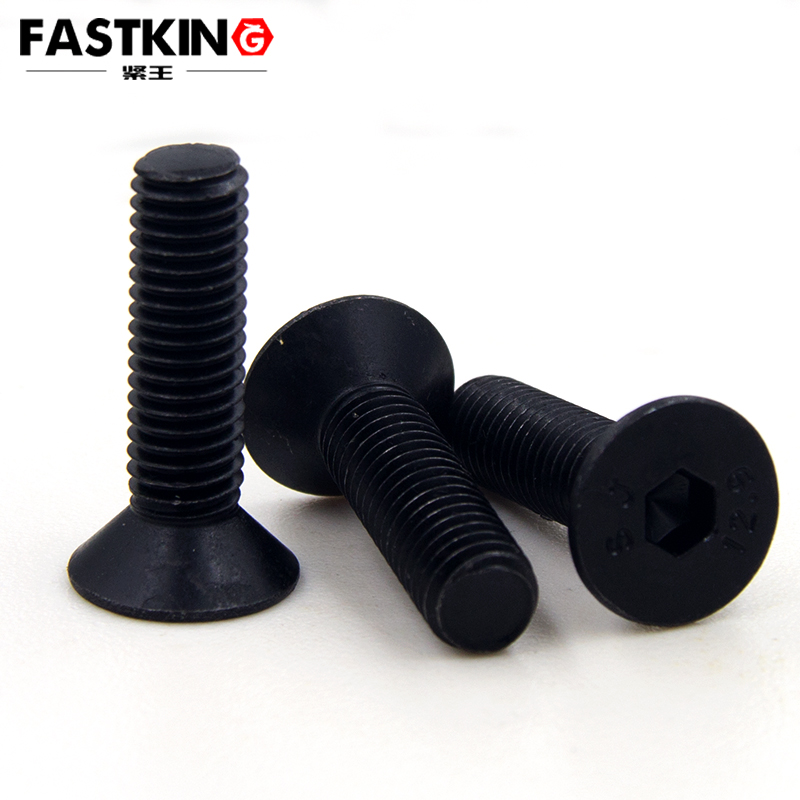

Grade 10.9 countersunk hexagon socket bolts are suitable for mid-range industrial equipment and medium-load scenarios. In the automotive manufacturing industry, the connection between door hinges and the vehicle body, as well as the auxiliary fixing of the chassis suspension system, need to withstand repeated torque from door opening/closing and impacts from road bumps. The strength of Grade 10.9 can prevent bolts from loosening or deforming after long-term stress, and its countersunk design ensures the hinge fits closely with the vehicle body without affecting the door closing accuracy. In general mechanical equipment, the connection between the pump body and motor of water pumps and fans needs to transmit torque and resist vibration. The shear resistance of Grade 10.9 bolts and the precise fastening of the hexagon socket can reduce noise and failures during equipment operation. Moreover, in scenarios such as the fixing of charging interfaces for new energy vehicles and the installation of protective covers for light machine tools, Grade 10.9 bolts are also preferred for their "moderate strength and controllable cost".
Grade 12.9 countersunk hexagon socket bolts target high-end equipment and heavy-load fields. In heavy-duty machine tools, the connection between the headstock and the machine bed needs to withstand impact forces (up to hundreds of kilonewtons) generated by high-speed cutting. The high strength of Grade 12.9 ensures the headstock remains stable, avoiding deviations in machining accuracy. The fixing of industrial robot bases to the ground needs to bear the robot's self-weight (tens to hundreds of kilograms) and dynamic loads during operation. The fatigue resistance of Grade 12.9 bolts can prevent fractures caused by long-term vibration. In the construction field, the connection of steel structure corridors and load-bearing keels of glass curtain walls needs to resist strong winds and temperature stress, and Grade 12.9 bolts can ensure no loosening at structural joints. The fixing of aerospace ground equipment (e.g., rocket launcher accessories) also relies on the ultra-high strength of Grade 12.9 bolts to cope with load impacts under extreme working conditions.
From the perspective of the adaptation logic between grades and scenarios, the differences among Grade 8.8, 10.9, and 12.9 countersunk hexagon socket bolts essentially reflect the "art of balancing strength and cost": Grade 8.8 is selected for cost control in ordinary scenarios, Grade 10.9 for stability in medium-load situations, and Grade 12.9 for safety in heavy-duty working conditions. Together, they form a "strength echelon" for countersunk hexagon socket bolts, avoiding both the waste of "over-specification" and the risk of "under-specification". They provide precise solutions for fastening needs in different fields, becoming a typical example of "selecting based on demand" in modern industry.

